Transition to zero pollution
Can we ever eliminate pollution in all its forms?
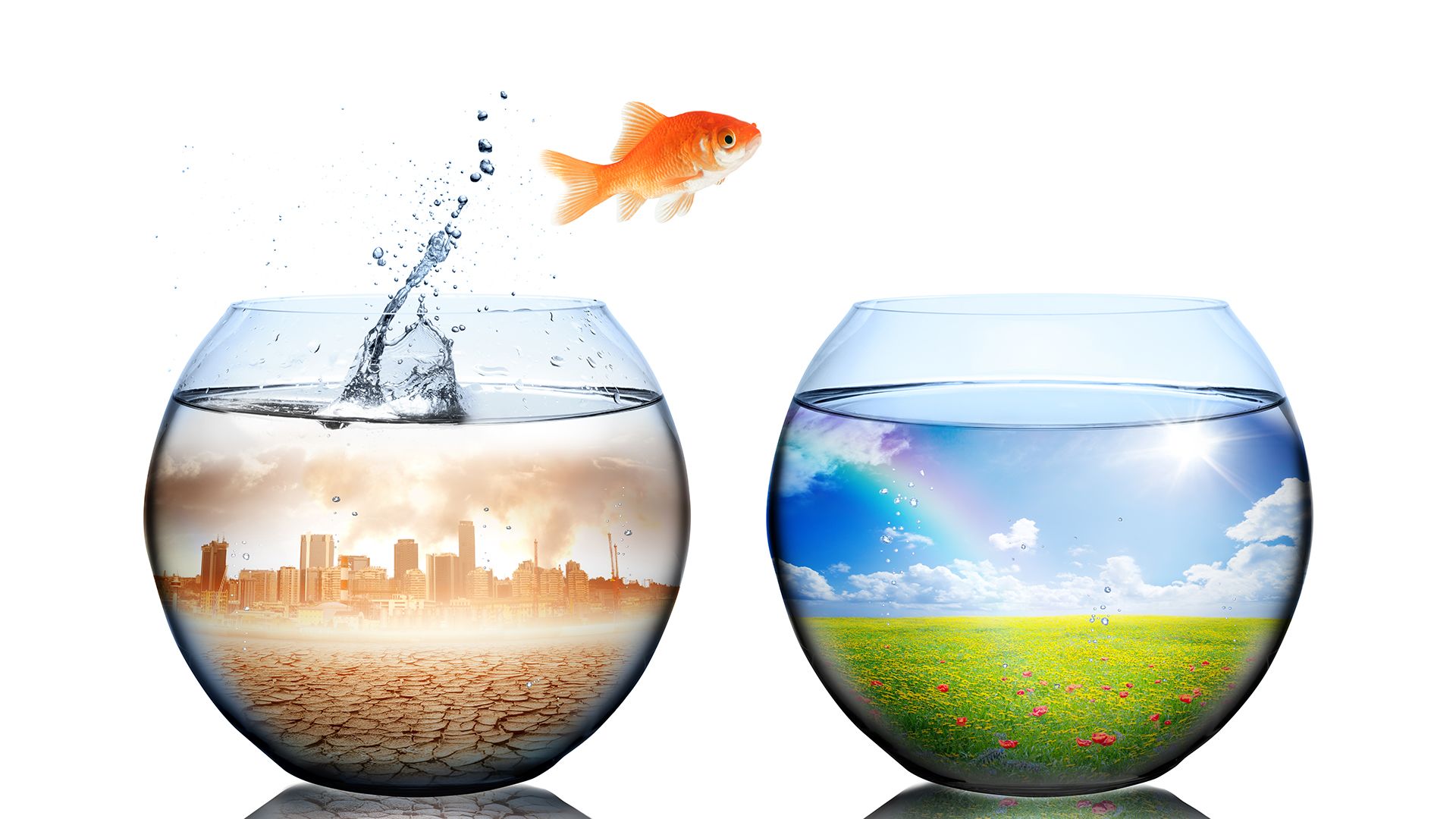
Building a future that is free from human-made pollution will require a complete realignment of almost all aspects of modern industry – coupled with scientists, engineers and economists collaborating on a scale not seen before.
Human-made pollution from industry has been found at the highest points on earth in the Himalayan mountains...

...and plastic fibres have also been found at the deepest reaches of the Pacific Ocean
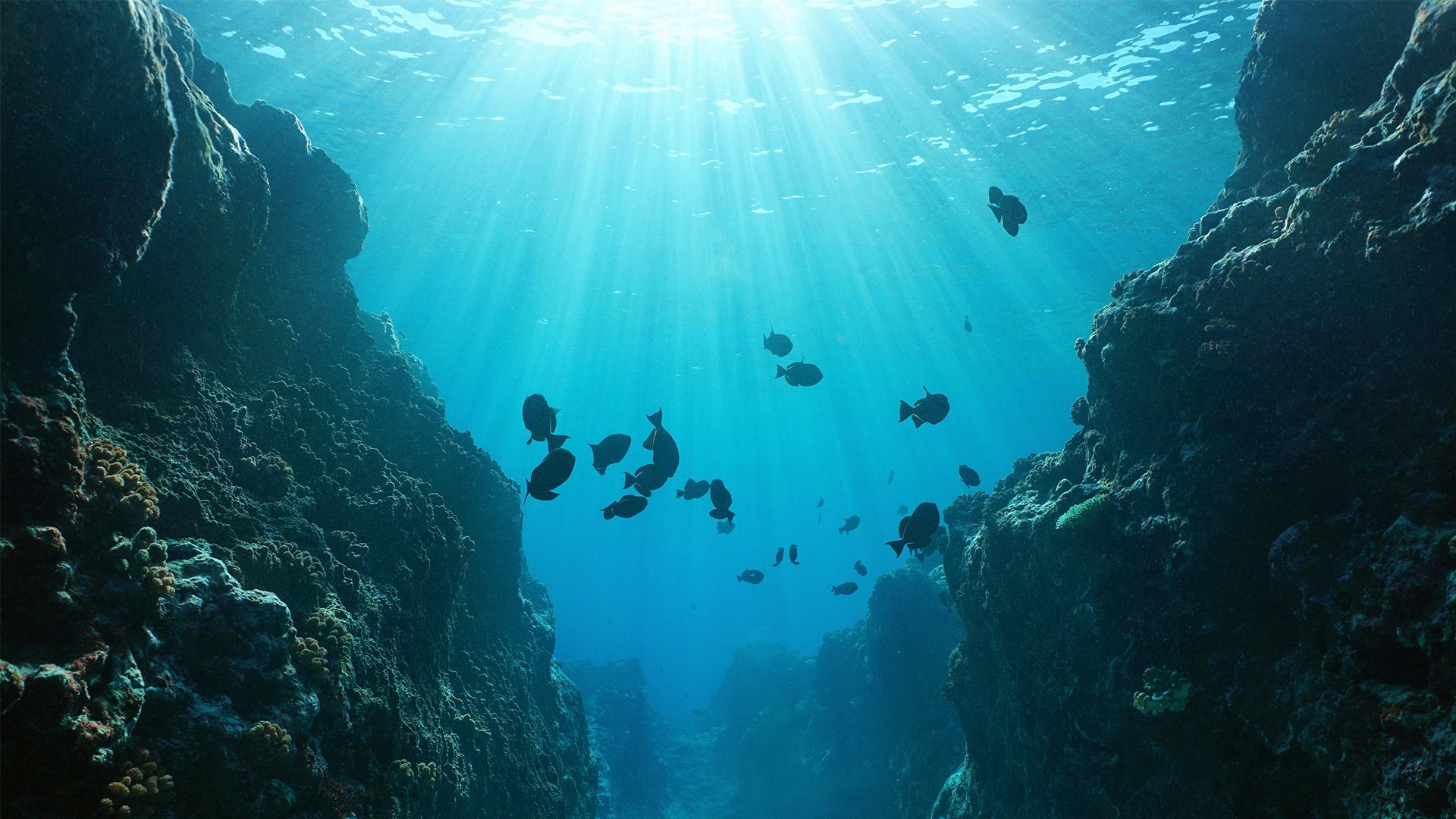
Human-made, or anthropogenic pollution is now essentially ubiquitous on Earth and can be found everywhere we look, and in almost every ecosystem. Toxic metals from industry have been detected high in the Himalayan peaks. Plastic fibres have been found in the deepest reaches of the Pacific Ocean, contaminating tap water across the globe. Air pollution continues to be a major health hazard in urban and rural communities.
The widespread use of pesticides is resulting in massive insect extinctions, carrying with it the threat of ecosystem collapse. And of course there’s the all-encompassing spectre of CO2 levels rising above the threshold that would prevent catastrophic global warming.
Ominously, we’re only just starting to understand the full effects and ramifications of some of these sources of pollution. For example, research at Imperial recently showed that particulate air pollution may impact the development foetuses in the womb; the cognitive development of children; and cognitive decline in the elderly.
Almost since the beginning of industrialisation certain people with foresight, such as the American diplomat and scholar George Perkins, have warned that human activity might be transforming the environment.
Since then, our attempts to address and mitigate the various aspects of anthropogenic pollution have met with mixed success – and have been plagued by a tendency to view different forms of pollution in isolation.
Addressing the challenge of global pollution will require a radical shift in industrial systems, technologies, and business models, underpinned by the development of innovative policies and governance structures – all of which will require integrated research across many disciplines.
The hole in the protective ozone layer is the smallest it has been since its discovery, thanks to the banning of CFC chemicals…
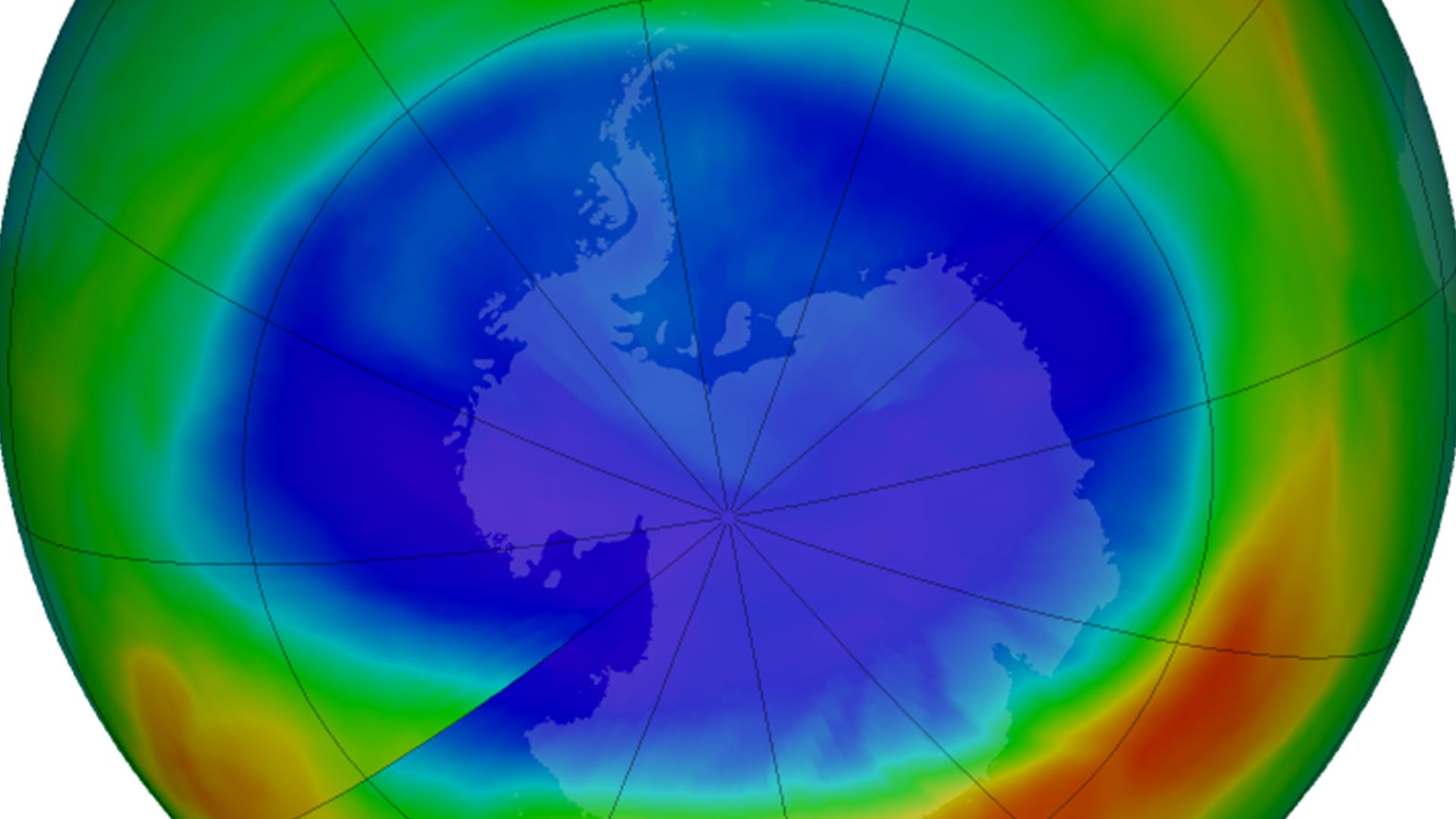
….however, the HFC chemicals that replaced CFCs have been revealed as major greenhouse gases

The pitfalls of a siloed approach to pollution
In May 1985, British scientists Joe Farman, Brian Gardiner and Jonathan Shanklin reported their observations of significant losses of ozone over Antarctica in the journal Nature. This confirmation of ‘a hole’ in the layer of ozone which protects all life on earth from harmful ultraviolet radiation was seen as an major environmental emergency. Governments around the world took swift action to phase out a key cause of the problem – the use of chlorofluorocarbons (CFCs) in refrigeration, air conditioning and industrial solvents. In October 2019, NASA confirmed that the ozone hole was the smallest it had been on record since its discovery.
This is rightly lauded as an environmental success story and testament to what can be achieved with concerted effort. However, it also serves as a warning about dealing with environmental issues in isolation. CFCs were largely replaced by hydrofluorocarbons (HFCs), which don’t impact ozone but do have high global warming potential. In fact one tonne of HFC-23 emissions is said to be equivalent to the release of more than 12,000 tonnes of carbon dioxide. And so one environmental thread is effectively substituted for another later down the line.
"It’s almost akin to the arcade game ‘whack-a-mole’; you deal with one issue, another problem pops up, your attention moves somewhere else, you get distracted. It can be difficult to see the overall picture," says Professor Mary Ryan, Vice-Dean (Research) at Imperial’s Faculty of Engineering and one of the architects of a new framework for achieving zero pollution.
"A holistic approach is what’s really needed to address all of the challenges. Of course certain things are more urgent than others at any given moment in time, and obviously CO2 is our biggest problem right now, but to focus only on CO2 is not the correct answer. We see CO2 as a pollutant, a major and urgent pollutant, but not the only thing we should be thinking of."
Indeed, around a decade ago various governments encouraged the manufacture and sale of diesel vehicles as they were seen to be more efficient and lower overall emitters of CO2 than their petrol equivalents. Yet we now know that diesel vehicles are in fact major sources of nitrogen dioxide pollution, which has been reliably linked to a host of health problems, particularly respiratory diseases. Again, policies have swung into action to remedy this – such as the implementation of the Ultra-Low Emissions Zone (ULEZ) in London and the recent proposal to bring forward a planned ban on the sale of new petrol, diesel and hybrid cars in the UK from 2040 to 2035. But again, we need to be mindful of problems that the introduction of electric vehicles might bring.
"The reality is we need to rethink transport systems and how we use them," Professor Ryan says. "In 15 years’ time when this ban will come into force, we’ll probably be reaping problems from mining the critical materials used in batteries, most of which doesn’t take place in this country. That’s not taking a global approach to pollution: it’s simply offshoring our problems. "
While pollution generating systems in the global ecosystem are highly interactive with complex feedback loops, academic research activities addressing these challenges have to date been siloed.

Professor Mary Ryan
Professor Mary Ryan
Diesel cars were at one stage encouraged for their efficiency and lower carbon emissions...

….but we now know that they are major emitters of harmful nitrogen dioxide, which has been linked to respiratory problems and even reduced brain function
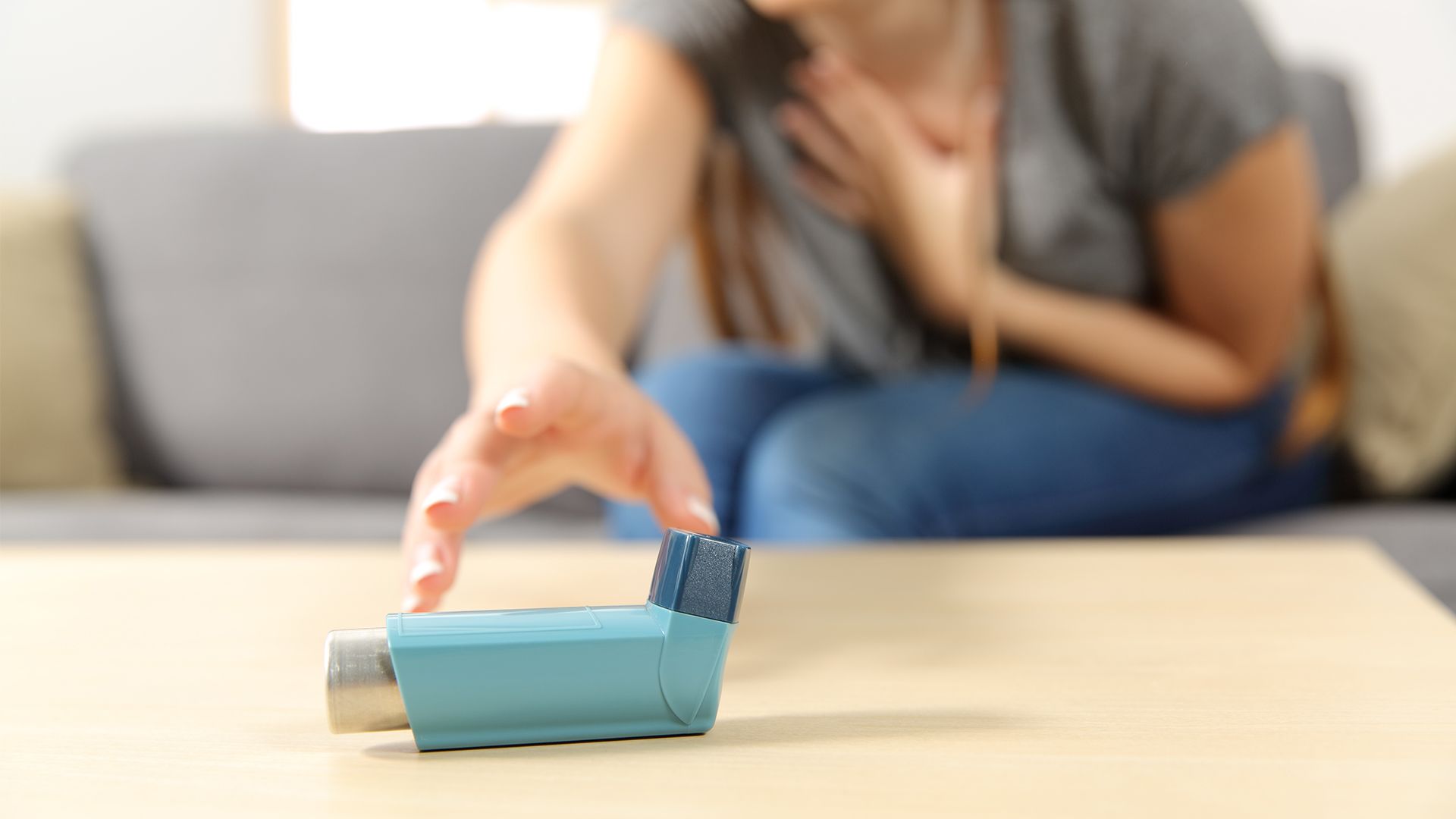
The vision of a zero pollution future
Transitioning to a zero pollution society will require more than just acknowledgement of the interconnectedness of global pollution systems and a general awareness of the danger of unintended consequences.
Addressing these challenges will necessitate radical shifts in consumption, production and economic models, underpinned with ambitious policies and governance. It will also require the creation and delivery of holistic socio-technical solutions, building on developments in the circular economy and zero-carbon energy technologies. It will also likely leverage opportunities created by new biologically-derived materials, the bio-economy (including synthetic biology) and digital technologies (for example advanced modelling, AI and machine learning).
"It’s really about an entire system,” Professor Ryan says. "Thinking about how to address pollution at source and understanding the impact of it in the whole life cycle. As engineers we’d call that a systems method, but a doctor might equally refer to that approach as ‘treating the whole patient’."
Professor Ryan proposes a transformational cross-disciplinary framework for zero pollution research built on pillars of excellence:
- Fundamental engineering and physical sciences research to underpin the transition
- The water-food-energy-production nexus
- Environmental and human health
- Innovative economic and business models
Crucially this framework will require collaboration both within the pillars and between them. For example, air pollution research requires the integration of expertise across a wide range of disciplines from human exposure science, environmental toxicology and epidemiology, atmospheric chemistry and physics, modelling, economics and social and behavioural sciences. Mitigation strategies meanwhile require science and engineering innovation and systems monitoring and control.
"It's easy to get drawn back into talking about siloes – your brain automatically thinks about a small piece of the puzzle. It’s probably useful to start by considering what a zero pollution house might look like, or a factory, or a hospital and what elements would be needed to feed into that and how would it sit within the wider ecosystem or community."
Professor Ryan explains that another major aim of this framework is to instil a holistic, zero-pollution mindset among all researchers working in the areas outlined. Ideally, this also needs to be incorporated into the training of the next generation of scientists, as well as business leaders, entrepreneurs and innovators.
"We need to be wary when, for example, somebody proposes making the most efficient, highest capacity battery that’s ever been made, without a sense of where the raw materials for that will come from and whether it’s recyclable and how that links into a broader infrastructure of power supply. It’s a really interesting materials problem of course, but is that necessarily the problem you should address?"
As a society we must shift towards a circular economy if we are to achieve zero pollution in the future
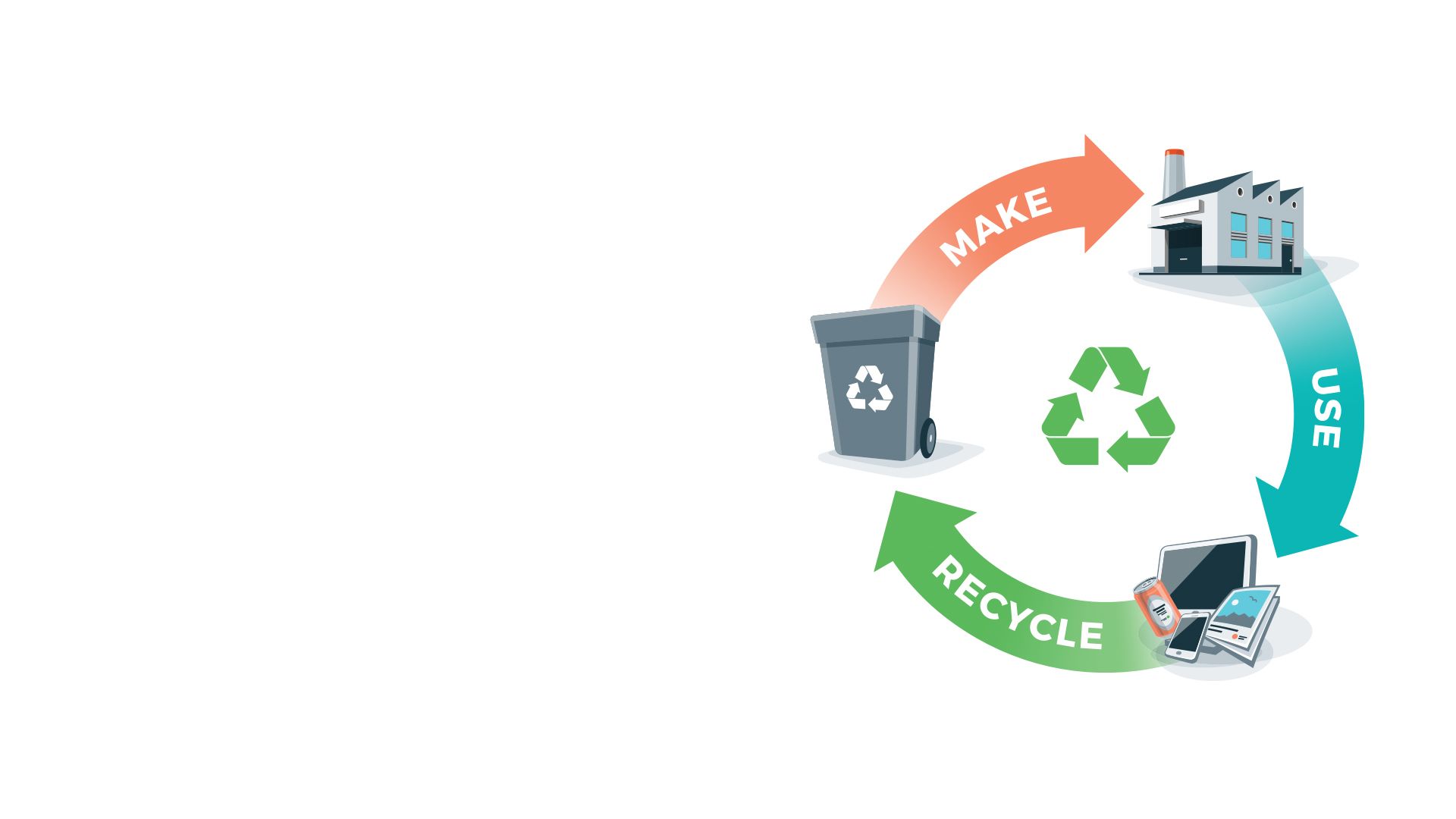
Leadership and planning for zero pollution
Making the zero pollution vision a reality will require bold leadership in order to create the right environment for research and innovation as well as ambitious policy and governance.
At the institutional level, Imperial has in recent years pioneered a multi-disciplinary approach to global problem-solving through the creation of Centres of Excellence and Networks of Excellence that draw in research groups from different departments and faculties – including those focusing on Air Quality; Human Behaviour and Experience; Ocean Plastic Solutions; Sustainability through Life Cycle Approaches, Synthetic Biology and Industrial Biotechnology.
"The College has an enormous amount of technical expertise in almost every area needed to deliver this vision. The challenge is to bring all those pockets of expertise to bear on some of these problems."
At the national level, the UK government's Environment Bill seeks to address poor air quality; introduce measures to minimise waste, promote resource efficiency and move towards a circular economy; and to ban the export of polluting plastic waste to non-OECD countries. The government has also announced a number of new funds, such as the £1 billion Ayrton Fund to develop affordable clean energy for developing countries.
Clearly momentum is building around the zero pollution space, but there’s even greater opportunity for government, industry and research-intensive universities to work together on problems, Professor Ryan argues.
"Nobody is being ambitious enough,” she says. “We need to inject both more ambition, and importantly hope, into these discussions. Right now there’s a lot of desperation, and yes these are urgent times, but it’s not just about how scientists and engineers should ‘fix the problem’, it’s about how to create the future differently."
Creating new zero-pollution industries
Imperial has a thriving ecosystem of innovative research groups and startups focused on kickstarting the zero pollution industry and economy.
Lixea
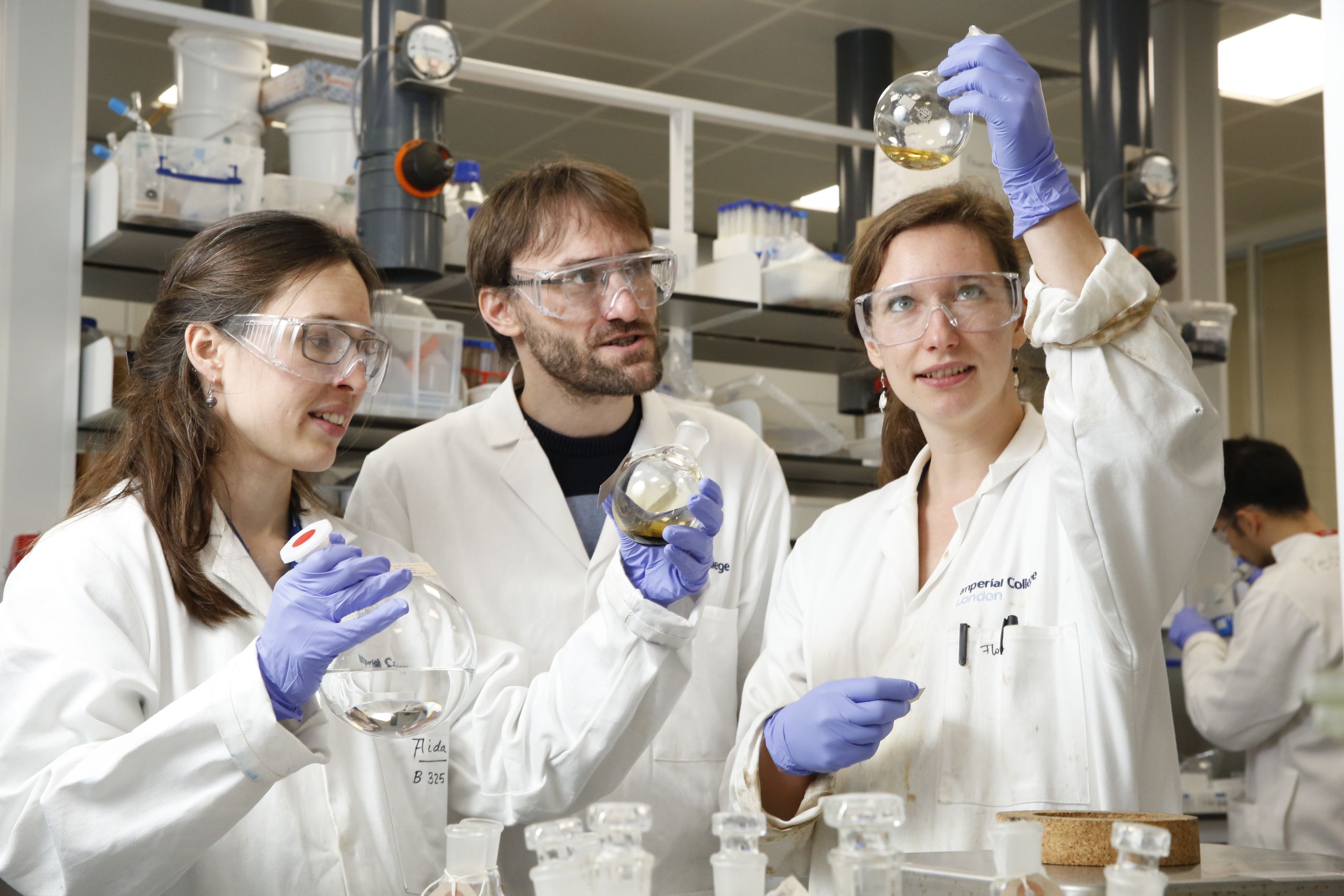
The goal of Imperial spinout Lixea is to move away from a reliance on using crude oil in single-use products, which are discarded at the end of their lives, by enabling a ‘circular’ bio-economy in which plastics are made from waste plant matter and can more easily be recycled and reused. Their innovative BioFlex process separates the different naturally occurring chemical components of wood, which are lignin, cellulose, and hemicelluloses. Once isolated individually, these components can then be used for a variety of applications such as bio-chemicals, precursors for plastics or as new materials themselves. While the process can in principle be used for any type of woody material, the company is initially focused on the 100m tonnes of waste wood that remain unrecycled every year in the EU and US.
Arborea
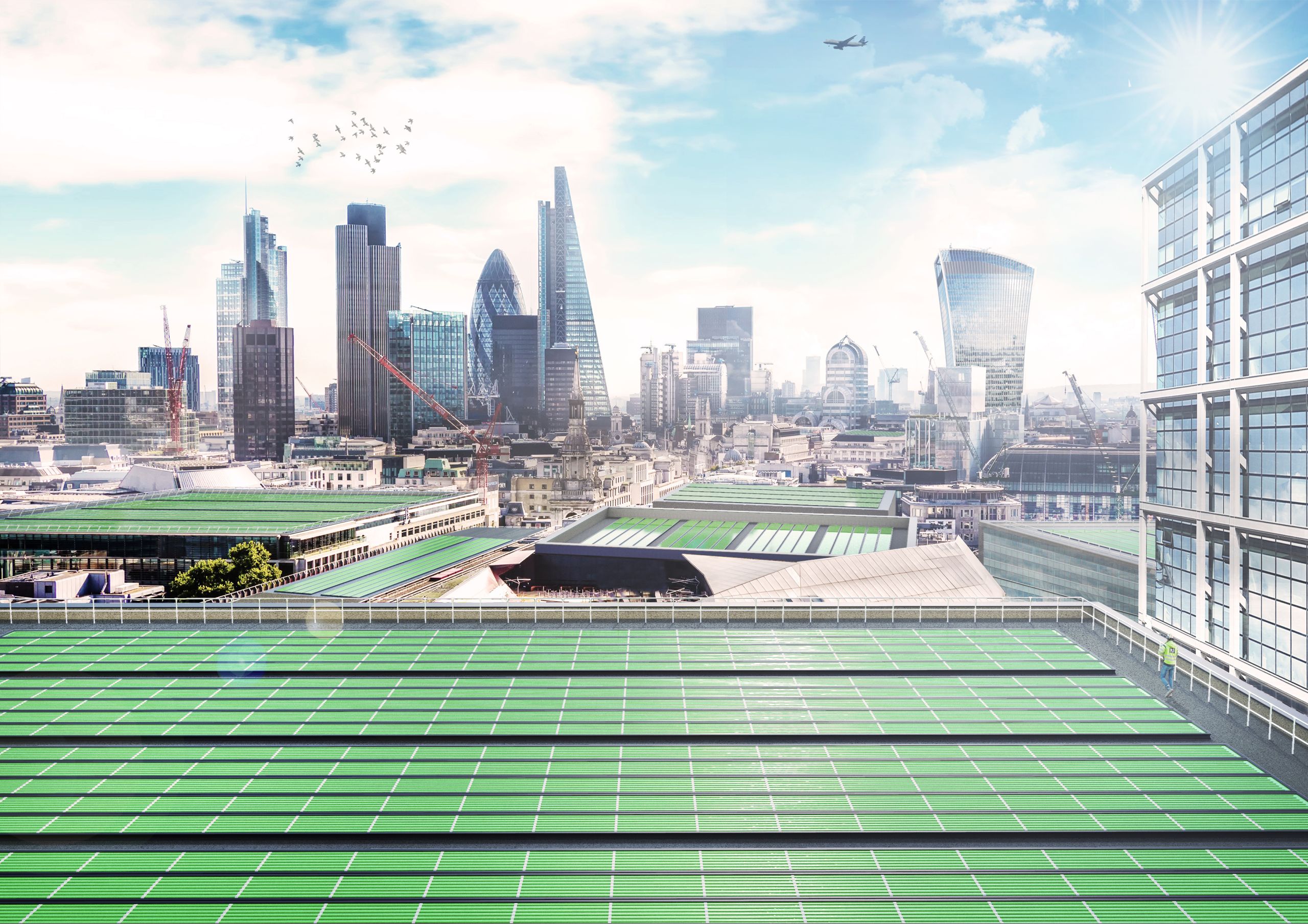
Imperial is collaborating with startup Arborea (founded by an alumnus) to develop pioneering ‘BioSolar Leaf’ technology to improve air quality at the White City Campus in west London. The technology, which is the first of its kind in the world, purifies the air through the photosynthesis of microscopic plants, removing greenhouse gases from the environment whilst generating breathable oxygen. Arborea have developed an innovative cultivation system which facilitates the growth of tiny plant-life – such as microalgae, diatoms and phytoplankton – on large solar panel-like structures. These can then be installed on land, buildings and other developments to improve surrounding air quality. The system also produces a sustainable source of organic biomass from which Arborea extracts nutritious food additives for plant-based food products.
SweetGen
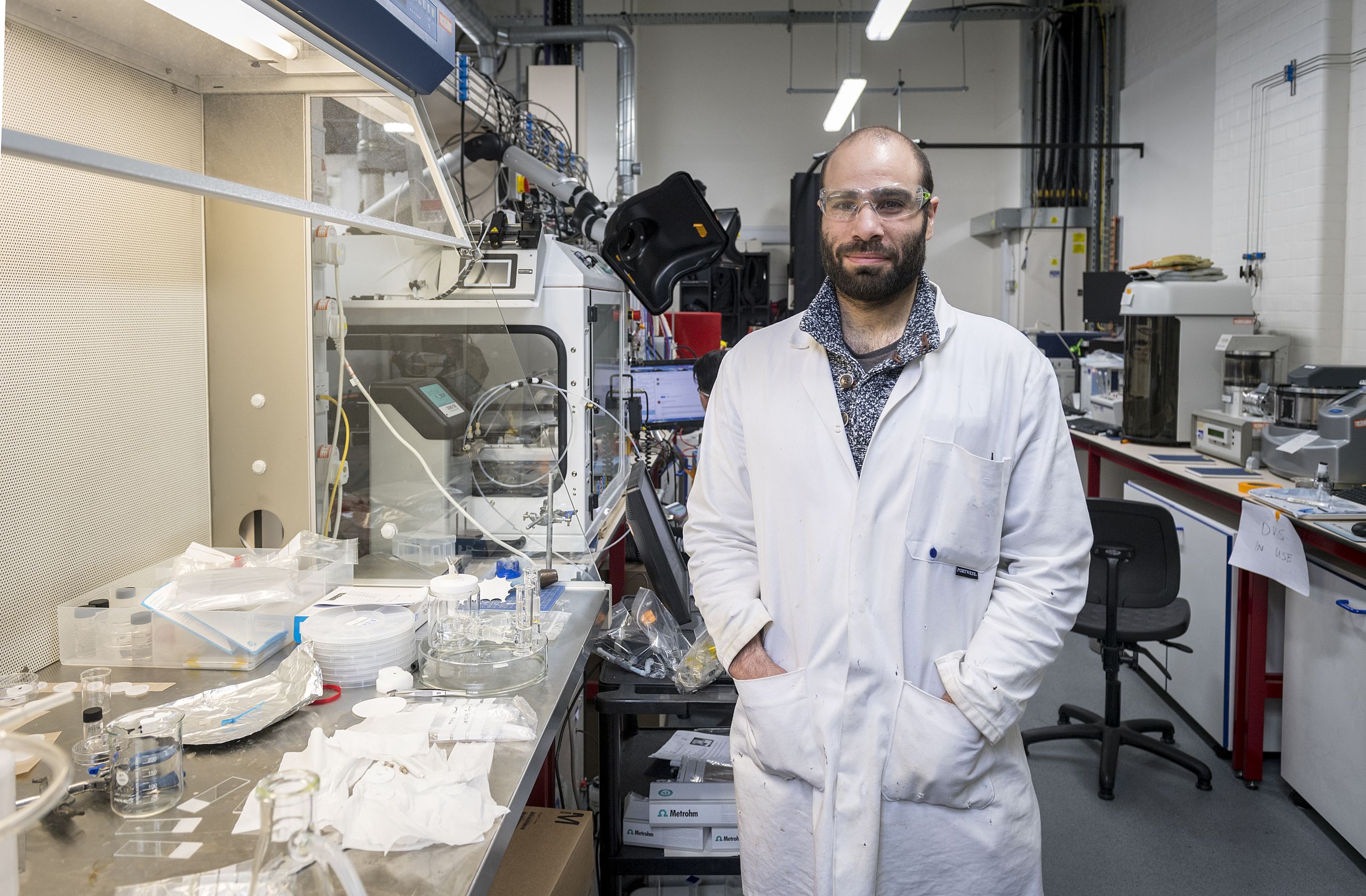
Dr Daniel Malko
Dr Daniel Malko
The treatment of waste water accounts for 5-7% of the world’s electricity usage and costs industry around $90 billion per year. Imperial spinout SweetGen’s abiotic fuel cell-like system produces electricity from low quality fuels dissolved in wastewater streams from different industries with the additional benefit of cleaning the water. This method relies on chemical oxidation which, unlike existing biological solutions, do not require long incubation periods and a fine control of temperature and pH – both of which are energy intensive. By the end of 2019, SweetGen will have completed its trials and demonstration period meaning it will soon be ready to bring the product to market. It will firstly focus on penetrating the waste water treatment industry before testing all the universal applications of its technology as it has identified that it could bring benefits to a number of different sectors including the likes of the brewing, chemical and food and agricultural industries.
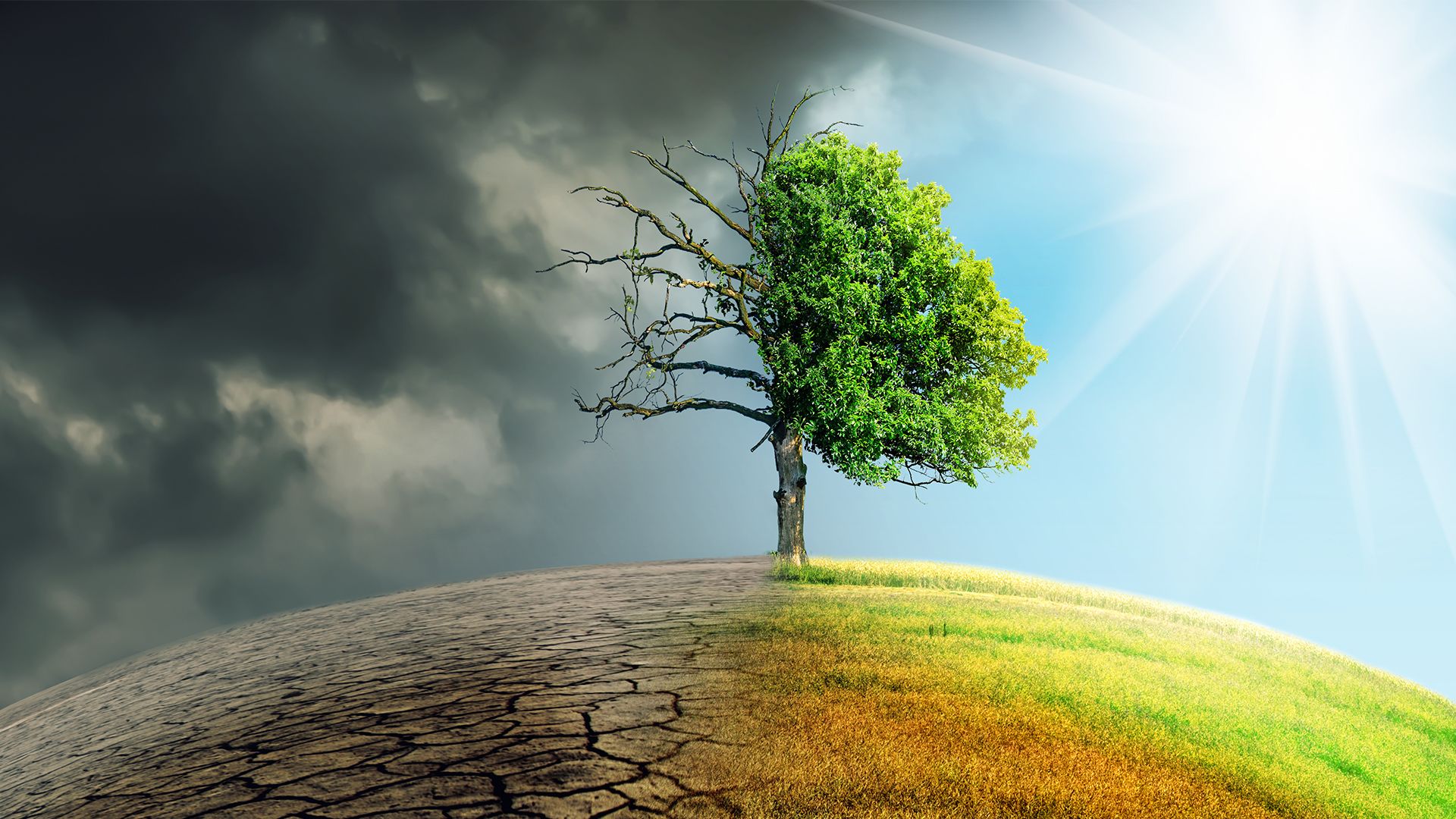
The Forum is Imperial’s policy engagement programme. It connects Imperial researchers with policy makers to discover new thinking on global challenges. Our features provide a shop window into the world leading research taking place at Imperial and provide insight into how it can inform and contribute to public policy debates.
